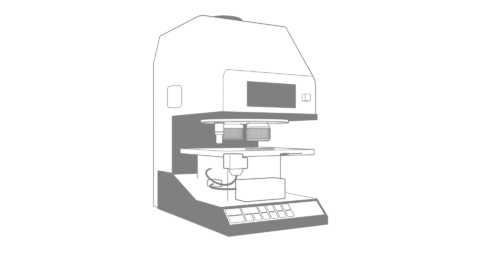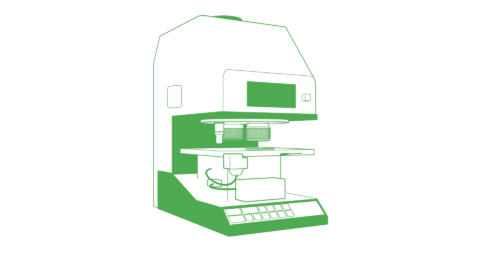MENUMENU
- Products
- Chromatography
- Molecular Spectroscopy
- Circular Dichroism
- High-Throughput CD
- Vibrational CD
- Circularly Polarized Luminescence (CPL)
- Polarimeters
- FTIR Spectrometers
- FTIR Microscopy
- FTIR Portable
- Raman Microscopy
- Palmtop Raman Spectrometer
- Probe Raman
- UV-Visible/NIR Spectrophotometers
- UV-Visible/NIR Microscopy
- Fluorescence Spectrophotometers
- Film Thickness
- Spectra Manager™ Suite
- Refurbished
- Service
- Applications
- KnowledgeBase
- Learning Center
- About Us
- News
- Events
- Worldwide
- Shop
- My Account
- Contact Us






